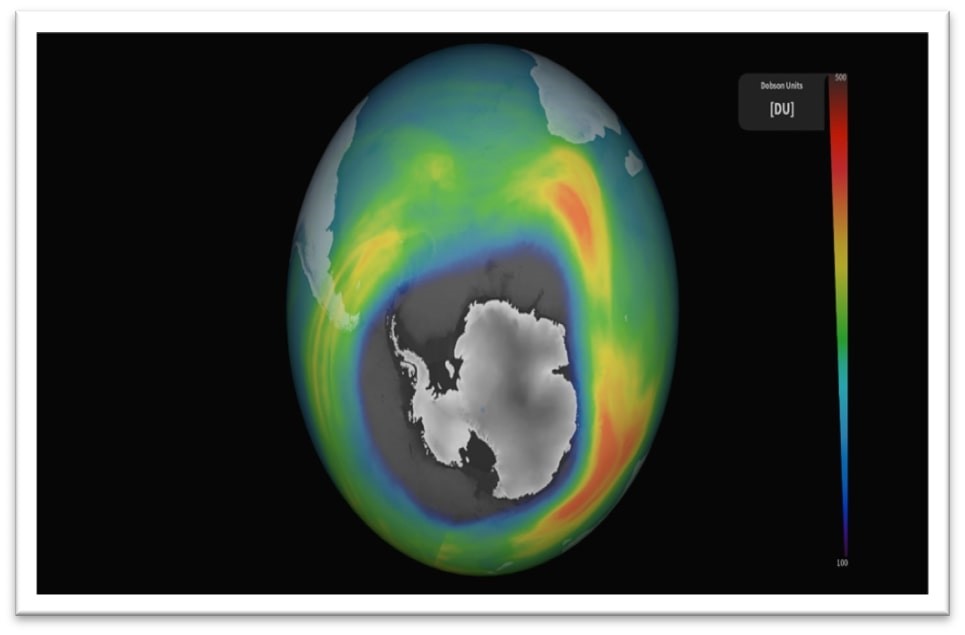Free Courses Sale ends Soon, Get It Now


Free Courses Sale ends Soon, Get It Now



Disclaimer: Copyright infringement not intended.
Context
Details
About Ozone
Production
The ozone layers
Significance
Measuring stratospheric ozone
Where does Ozone come from?
About Ozone Hole
Reasons
Steps were taken to reduce the Ozone Hole
Growing Ozone Hole in Antarctica
Ozone holes grow and shrink every year:
What caused this year's massive ozone hole?
Is climate change causing ozone holes to reopen?
|
PRACTICE QUESTION Examine the causes and consequences of the expanding ozone hole over Antarctica. (150 words) |
© 2024 iasgyan. All right reserved